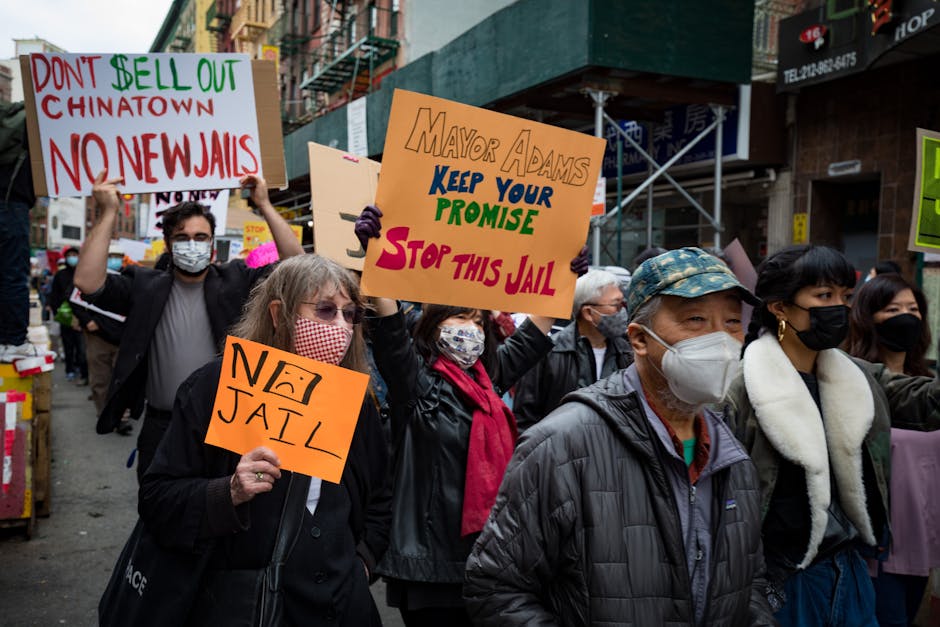Haryana Tops India’s Pollution List After Deepavali Festivities
Haryana is reeling under a post-Deepavali air pollution crisis, with 10 of its cities ranking among India’s 16 most polluted. Central Pollution Control Board (CPCB) data reveals Faridabad, Gurugram, and Hisar have entered the “severe” AQI category (400+), posing serious health risks.
Why Did Pollution Spike After Deepavali?
Despite warnings, widespread firecracker use during Deepavali spiked PM2.5 and PM10 levels across Haryana:
– Faridabad AQI: 450 (“hazardous”)
– Gurugram AQI: 420
– Other affected cities: Ballabhgarh, Rohtak, Panipat, Sonipat, Jind, Karnal, Bhiwani, and Yamunanagar.
Stagnant winter winds trapped pollutants, worsening smog.
Key Causes of Haryana’s Pollution Crisis
- Stubble Burning: Farm fires in Punjab and Haryana continue despite bans.
- Urban Emissions: Gurugram and Faridabad face high vehicular pollution.
- Industrial Hubs: Panipat and Sonipat contribute to toxic air.
- Weather: Temperature inversion prevents pollutant dispersal.
Health Emergency Declared
Hospitals report a 30% rise in respiratory cases. Dr. Priya Sharma (Gurugram pulmonologist) warns:
“PM2.5 from crackers and stubble causes asthma attacks and heart issues—avoid outdoor exposure.”
Government Measures
- Ban on construction in high-AQI zones.
- Penalties for firecracker violations.
- Mechanized sweeping to reduce dust.
Critics demand long-term solutions like EV incentives and farmer subsidies for stubble management.
How Can Residents Stay Safe?
✅ Use N95 masks outdoors.
✅ Carpool or use public transport.
✅ Avoid burning waste.
Will Haryana Learn from This Crisis?
With annual pollution emergencies, experts urge sustainable policies—balancing tradition and ecology.
Track real-time AQI updates on NextMinuteNews.




